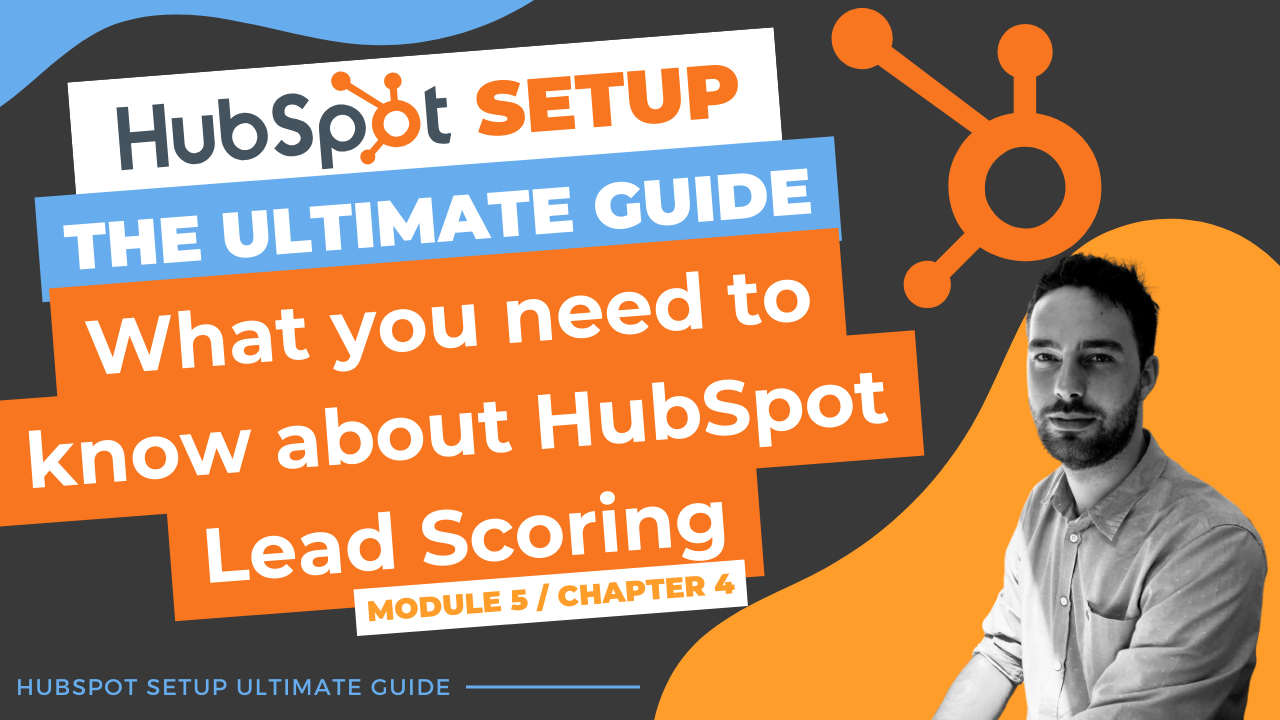(This post is part of my comprehensive Ultimate Guide to Efficiently Setting Up Your HubSpot Portal, created to help you maximize every element of your HubSpot setup.)
What is Lead Scoring?
Lead scoring is a powerful marketing and sales technique that involves assigning points to leads based on their likelihood to convert. This scoring process uses predefined criteria such as demographic details, online behavior, and engagement levels to help your team prioritize high-potential leads effectively. However, it’s essential to approach lead scoring with a specific goal rather than using it as a catch-all tool.
In HubSpot, lead scoring is managed through a score property that lets you add positive or negative points based on lead characteristics and activities. Although initially designed as a lead prioritization tool, scoring can be adapted for multiple purposes—such as tracking content engagement or measuring customer satisfaction.
Lead Scoring on HubSpot
HubSpot’s lead scoring feature provides flexibility by allowing you to assign custom scores based on any criteria you find relevant. For example, you could create a content engagement score that increases when a contact visits key pages or downloads resources. While this type of scoring won’t necessarily help with prioritizing sales calls, it can reveal how effective your content is in nurturing leads.
Lead scoring in HubSpot is a versatile tool—whether it’s used for prioritizing leads, analyzing engagement levels, or assessing the relevance of certain interactions. Below is a step-by-step guide to set up a lead scoring system for your own goals.
How to Create a Lead Scoring Property in HubSpot
- Access the Lead Scoring Tool: Start by going to Settings > Properties > Create Property.
- Set Up the Property: Choose a name and add “Scoring” to the title for clarity (e.g., “Engagement Scoring”). Set it as a score type property.
- Define Scoring Criteria: Use the scoring options to define what adds or subtracts points:
- Positive Points: These could be actions like viewing the pricing page (+10 points) or completing a high-value form (+5 points).
- Negative Points: Use these for disqualification criteria, like marking leads as “lost” (-20 points).
- Customize for Your Goals: Add up to 100 filters to define the scores that align with your objectives. The sum of all these filters will determine each lead’s overall score, so ensure that each criterion is thoughtfully calibrated.
Examples of Lead Scoring in Action
- Sales Prioritization: Set scores based on purchasing signals, such as interactions with high-value content.
- Engagement Tracking: Track engagement by scoring leads who repeatedly visit your blog or interact with your emails.
- Qualification Rotation: Create rotating campaigns by targeting a small set of high-scoring leads each time, ensuring your sales team can manage outreach effectively.
Implementing a customized lead scoring strategy can help your team focus on the highest-potential leads, gain insights into content effectiveness, and adjust nurturing tactics. For more guidance on setting up HubSpot for success, check out the full Ultimate Guide to Efficiently Setting Up Your HubSpot Portal.

Comments